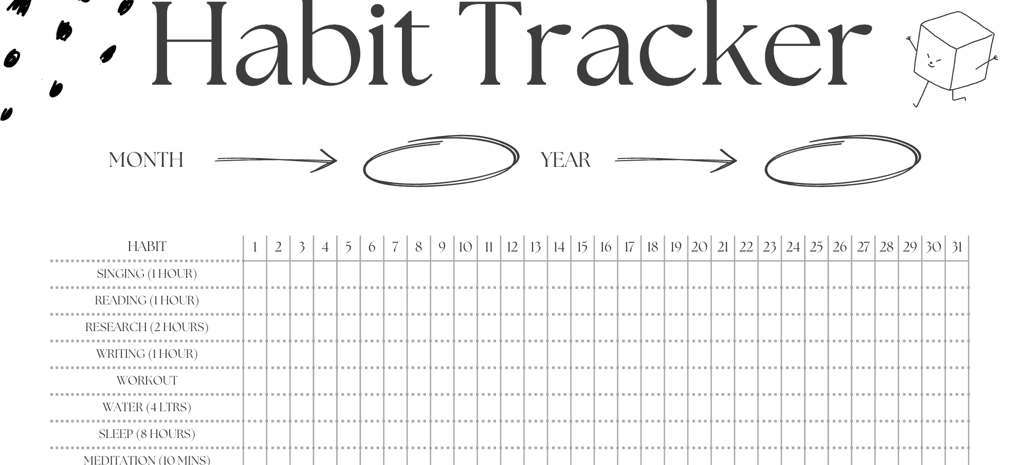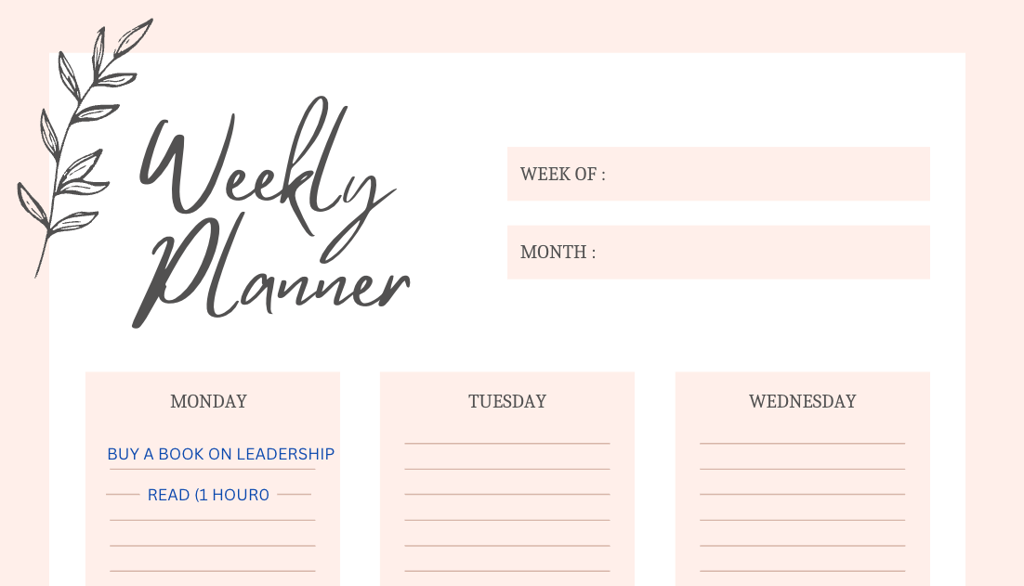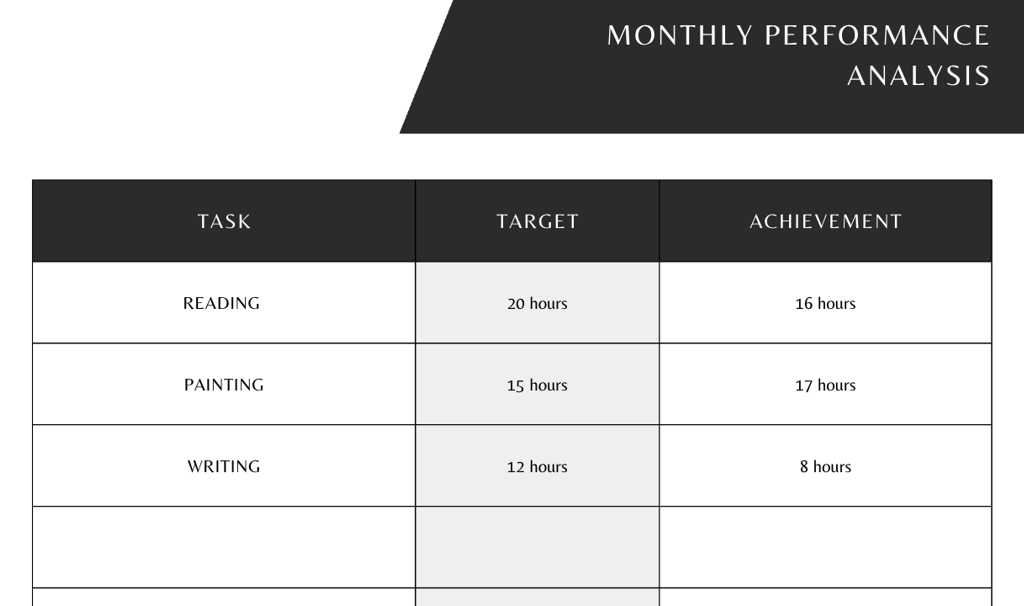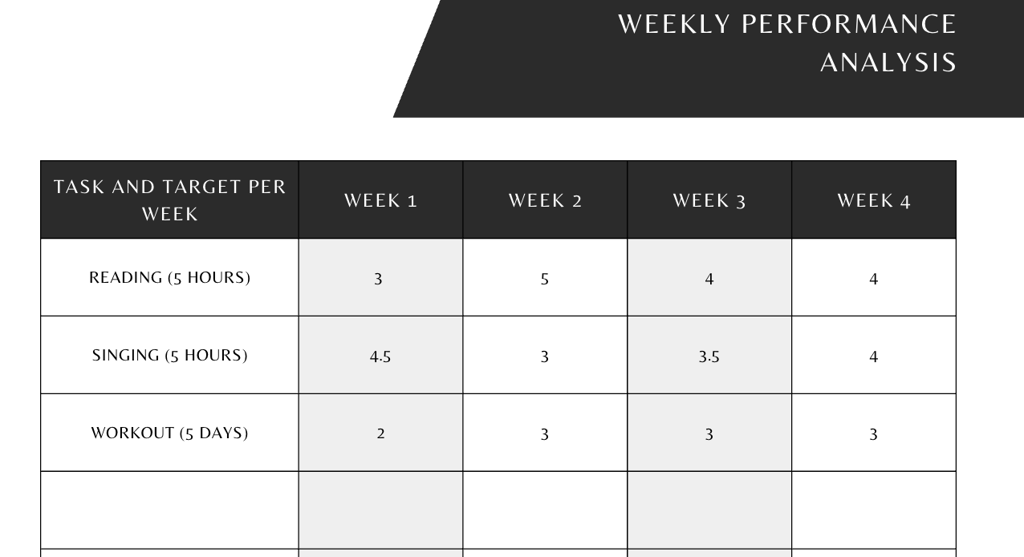My Journaling System: How I Stay Organized, Focused, and Aligned Every Week
PRODUCTIVITYSELF HELP
7/25/20252 min read


I’ve been journaling on and off since I was about 14 or 15, but it wasn’t until 2019 that I truly committed to it. That year remains the most consistent and transformative phase of my journaling practice. In the years that followed, I may not have been as religious with it, but I never stopped. My approach evolved with time—sometimes I’d write in a physical diary, other times on my tablet, or simply jot down daily goals and affirmations on a whiteboard. But one thing stayed constant: my belief in the power of written goals.
If you're someone who enjoys adding a personal touch to everything and lean a bit towards the creative side, journaling can become more than just a habit—it can be your personal art project. Think doodles, sketches, calligraphy, magazine cutouts, washi tape, or even color-coded goal sections. There are countless ways to make it fun, expressive, and uniquely yours.
My journaling system has naturally developed into three broad segments:
The Main Journal – This includes a monthly habit tracker, weekly to-do lists, and both weekly and monthly performance reviews based on the tracker. Here are a few sample formats and templates that illustrate how I structure and use my journaling system-
Habit tracker


Weekly To Dos


Monthly Performance analysis


Weekly Performance analysis


Weekly performance analysis template.png
The daily planner
The daily planner includes my hourly engagements, daily To Dos, affirmations, gratitude and water intake.
Daily free flow writing
The third segment includes a simple daily diary I use to write my free thoughts without any structure. It can include my daily activities, achievements, people I meet and general chit chat with my diary whom I lovingly call Mongo.
Explore
Your go-to source for lifestyle, beauty, wisdom and travel.
Connect
Inspire
yellowoakleaf.info@gmail.com
